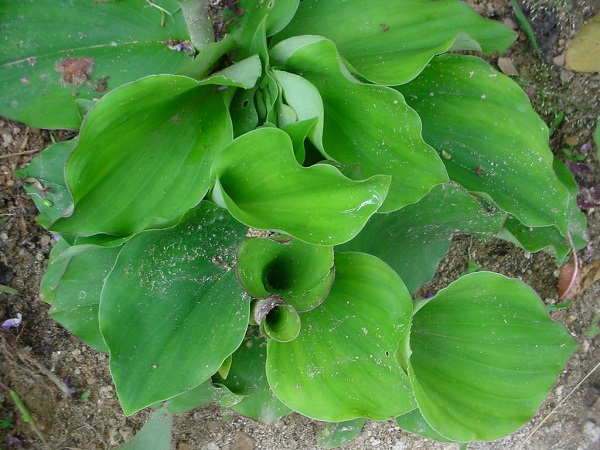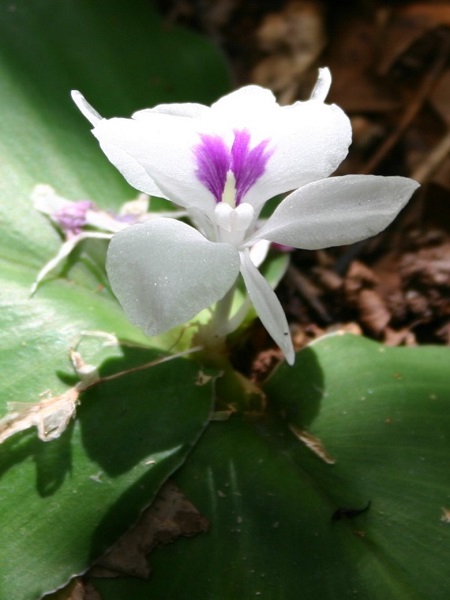
| Family | Zingiberaceae |
| English Name | Kacholam, Kachora |
| Malayalam Name | Kacholam, kachhuram |
| Tamil Name | Kacholam |
| Kannada Name | Kachchura, kacora |
| Telugu Name | Chandramoola, kachoram |
| Hindi Name | candramula, chandramula, sidhoul |
| Sanskrit Name | chandramulika, sadi, sugandhamula |
| Trade Name | Kacholam, Kachora |
| Part Used | Rhizomes |
| In Wild | Yes |
| Under Cultivation | Yes |
| Temperature | shade loving plant and requires warm humid climate |
| Rainfall | 1500-2500 mm |
| Farmers | NA |
| Traders | NA |
| Institution | NA |
| Individually | NA |
| State/Region | NA |
| District | NA |
| Nursery Information | NA |
| Yield | The yield, on an average, is 5-8 tonnes/ha of fresh rhizomes which on drying yields 1.5-2 tonnes/ha of dry rhizomes. |
| Economic of cultivation | NA |
| Quantitative quality standards | • Foreign matter: Not more than 1.0 per cent • Ash: Not more than 3.5 per cent • Acid-insoluble ash: Not more than 0.9 per cent • Ethanol-soluble ash: Not less than 6.7 per cent • Water-soluble extractive: not less than 5.7 per cent |
| Description | NA |
| Agro technology/Cultivation practices | 1. Planting-stock production: The plant is propagated by splitting of rhizomes which are stored in cool dry place prior to planting. Smoking of rhizome by spreading on Glycosmis pentaphylla leaves prior to planting is beneficial for better sprouting. 2. Field Planting: The land is ploughed and beds of 1 m width, 25 cm height, and convenient length are taken, and sprouted tubers are planted at 20x15 cm spacing. The beds are mulched with green leaves or straw immediately after planting. 3. Manuring/fertilization: It responds well to organic manuring. Application of 12 tonnes/ acre of FYM or compost and mulching with leaves or straw are recommended. Since this is a less competitive crop, the field is to be cleared of weeds and earthed up 2-3 times during early stages. 4. Irrigation practices: For optimum crop growth, supplementary irrigation is needed especially during the dry season. Sprinkler irrigation system is recommended. 5. Pests and diseases: Serious insects and pests are not reported on this crop. Pseudomonas solanacearum is reported to cause bacterial wilt. Leaf rot and rhizome rot occur, particularly during rainy months. |
| Harversting | The crop is harvested 6 -7 months after planting when leaves start drying up. Rhizomes are dug out, cleaned and washed to remove adhering soil particles. |
| Processing | Clean rhizomes are sliced into circular pieces of uniform size and dried for 3-5 days and marketed. Sliced and dried rhizomes on steam distillation for 3-5 hours yield 2-3% of essential oil. Frothing is noticed during distillation due to the presence of starch in the rhizome. |
| References | NA |

